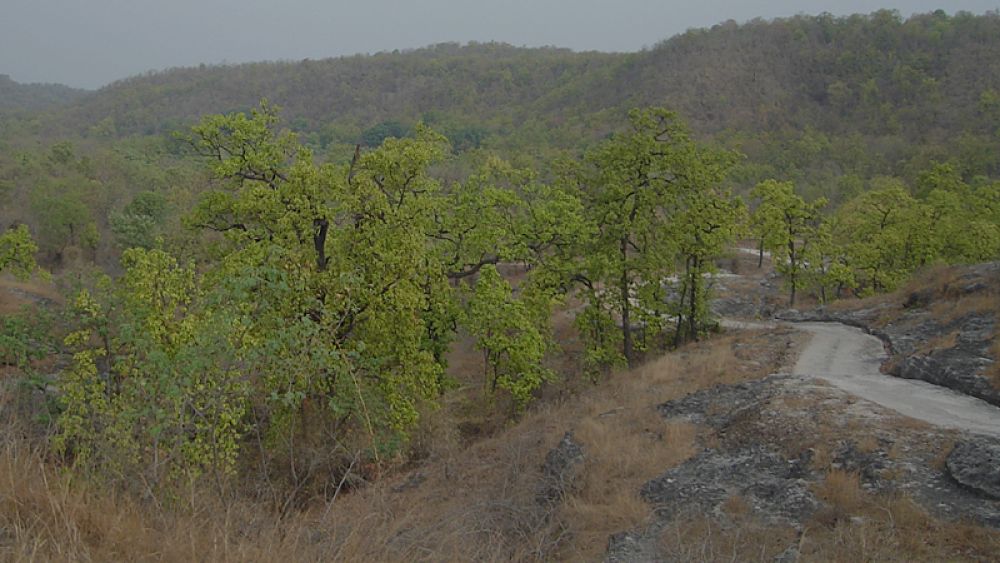

Bandhavgarh National Park, located in the Umaria district of Madhya Pradesh, India, is a renowned haven for wildlife enthusiasts and history buffs alike. With its rich biodiversity and ancient cultural heritage, the park has become an essential stop for those exploring the heart of India.
The history of Bandhavgarh is steeped in mythology and ancient civilization. The name 'Bandhavgarh' translates to 'Brother's Fort,' which is believed to reference Lord Rama from the Hindu epic Ramayana, who gifted the fort to his brother Lakshmana. The Bandhavgarh Fort, which is situated within the park's boundaries, dates back over 2,000 years and adds a layer of historical significance to the area.
Modern conservation efforts began in the mid-20th century when the park was established as a national park in 1968. Originally a hunting preserve of the Maharaja of Rewa, Bandhavgarh was transformed into a protected area to help save the dwindling tiger population. It became part of Project Tiger in 1993, which is India's ambitious conservation program aimed at protecting the tigers in their natural habitat.
Climber's Point is one of the most breathtaking vantage points within Bandhavgarh National Park. Renowned for its panoramic views of the entire park and the Bandhavgarh Fort, it offers a serene setting from which visitors can observe the natural splendor of the park. It is also a popular spot for birdwatching, as many different species can be seen flitting amongst the lush greenery.
Tourism at Bandhavgarh National Park, including at Climber's Point, steadily increased after the area was declared a national park, as people began flocking to experience the majestic wildlife, particularly the high density of tigers.
In recent years, eco-tourism has become increasingly popular, with visitors more aware of the importance of conservation. Sustainable travel practices are encouraged, and there are a number of eco-friendly lodges around the park that promote minimal environmental impact. Wildlife photography and safaris are highly sought-after activities that draw tourists from all over the world.
Responsible tourism has been emphasized to ensure the protection of the park's ecosystem while allowing visitors to admire its beauty. The use of electric vehicles on safaris is becoming more common, and local community involvement in tourism services helps to boost conservation efforts and economic growth.
Another growing trend is the use of technology to enhance the visitor experience. Online bookings for safaris, real-time wildlife tracking, and mobile apps for birdwatching are some ways technology is being integrated into the tourism experience at Bandhavgarh.
With its blend of enthralling wildlife, rich history, and the breathtaking vistas at places like Climber's Point, Bandhavgarh National Park continues to be a beacon for travelers looking for an authentic connection with nature and history.
As a premier wildlife sanctuary and a testament to India's commitment to conservation, Bandhavgarh National Park and Climber's Point stand out as jewels in the crown of Indian tourism. Visitors leave with not just photographs, but with stories of adventure, moments of peace, and a renewed sense of respect for our planet's incredible biodiversity.